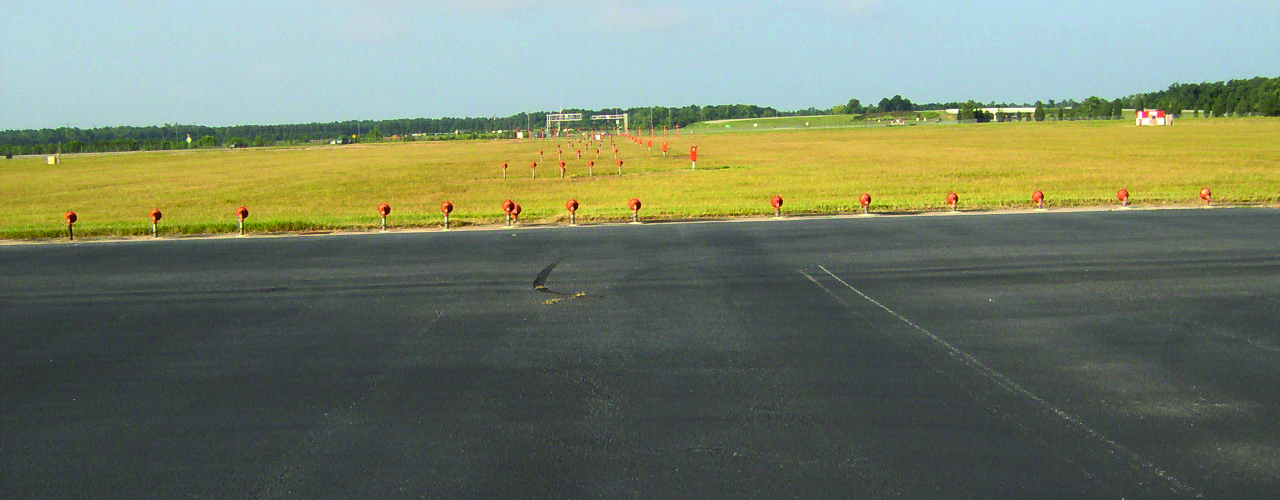SHAW AFB AIRFIELD ELECTRICAL SERVICES

Project Details
CLIENT
Shaw Air Force Base
LOCATION
Sumter, SC
Shaw Air Force Base in Sumter, South Carolina, is one of the largest military bases operated by the United States. To provide a secure and reliable location for military aircraft to travel, Woolpert began a number of airfield electrical projects. These projects enhanced three different sectors of the base’s electrical needs.
To appropriately light different aspects on the base, Woolpert provided replacements for the existing runway lighting. This design included a multitude of fixtures including new threshold lighting, new overrun lighting and reconstruction and repair of the existing approach lighting systems. The project also established new taxiway entrance /exit lighting and new conductors from the existing airfield vault to the new lighting systems. This new system provided a new lighting airfield control panel with control wire modification in the vault and control tower.
Hostile weather created many challenges for those working to maintain electrical systems on the base. Rain storms and lightning strikes caused electrical failures daily that needed constant repairs. Woolpert designed an underground electrical distribution system and communications duct system to replace 9,300 feet of 12,470/7,200 volt overhead system for the base circuit number 3. The design included replacing all primary distribution, pole-mounted transformers, secondary feeds to buildings, roadway and area lighting circuitry, and communications systems.
To reduce the amount of energy required to illuminate the aircraft parking apron and enhance safety and security requirements, Woolpert also designed the replacement of all aircraft parking apron ramp lighting with automatic controls. The design replaced 140-foot-tall high mast apron lighting and used pulse start metal halide light fixtures. The fixtures were individually controlled via wireless technology and fiber optic back bone cabling to allow a multi-level lighting scheme. The new system allowed the lowering of the lights for maintenance and in hazardous weather conditions.
The project was completed both under budget and ahead of schedule, and the base hasn’t had to perform maintenance on the lighting system since it was completed.